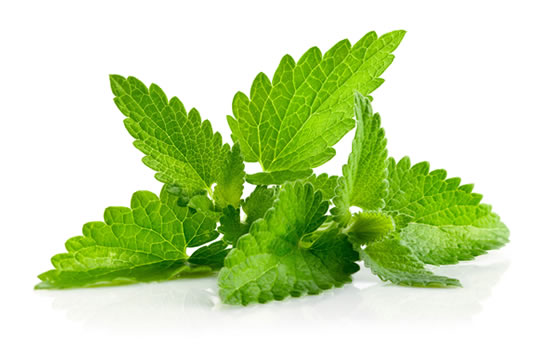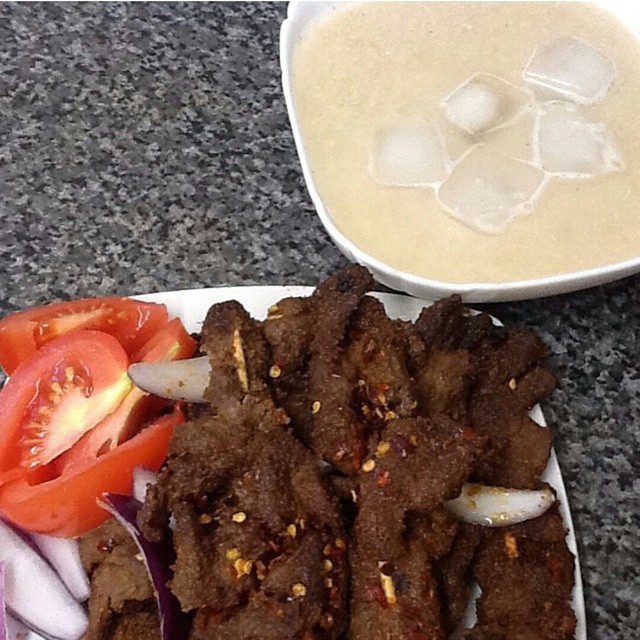Introduction
Painful menstruation also known as dysmenorrhea is one of the most common conditions affecting women within the reproductive age. Usually, this pain starts before menstruation and lasts the entire duration. Most women experience mild cramps during menstruation. However, in some women, their productivity and quality of life are greatly affected, with symptoms such as diarrhea , nausea, dizziness and vomiting.
Although many researchers have investigated the connection between diet and menstrual cramps, there is no single diet that can be credited for overcoming it. Instead, women are encouraged to include certain nutrients which are known to reduce menstrual pain in their daily diet. This article explores such nutrients, their benefits and how they contribute to menstrual health.
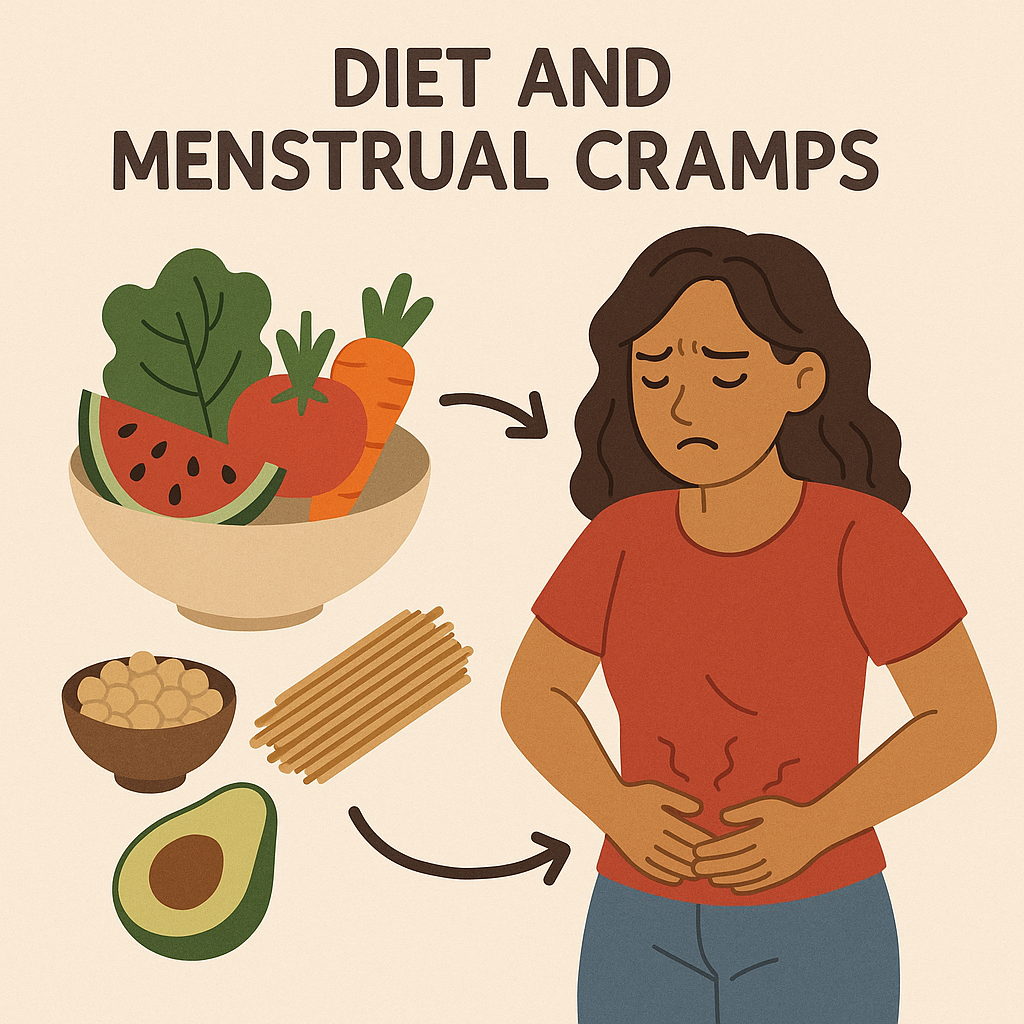
Understanding menstrual cramps: Primary versus secondary dysmenorrhea
Before talking about nutrients, let us quickly establish an understanding about dysmenorrhea.
There are two types of dysmenorrhea namely: primary and secondary. Primary means there is no known cause. It may be due to excessive production of chemicals which regulate pain called prostaglandins. It also lasts for a short duration and occurs in episodes.
On the other hand, secondary means there is an underlying condition such as endometriosis or uterine fibroids. It often develops later in life and associated with symptoms that worsen over time.
Furthermore, treatment for the primary is usually through medications and lifestyle changes. As for the secondary type, the condition responsible must be treated.
All About Hormones
While foods do not directly connect with the reproductive system, certain nutrients can influence the production of hormones, thereby contributing to menstrual cramps. Menstrual cramps are often linked to the imbalance of two important female hormones, oestrogen and progesterone.
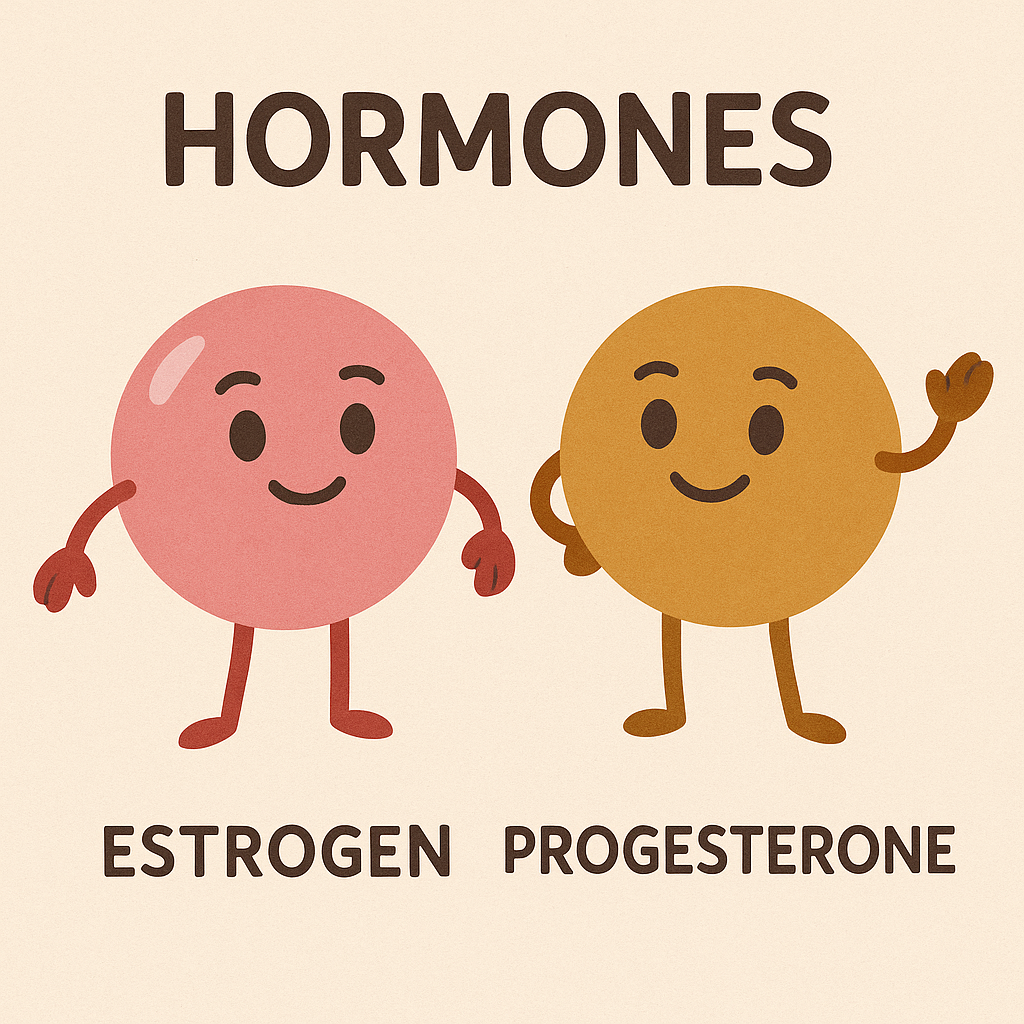
The major concern is often oestrogen which is responsible for breast development and thickening of the lining of the uterus (womb) for pregnancy. This means that a higher level of oestrogen will cause the lining to become thicker.
During menstruation, the cells lining the uterus break down, producing high amounts of prostaglandins. This tightens blood vessels and contracts muscles of the uterus, causing menstrual cramps.
Common Foods That Reduce Menstrual Cramps
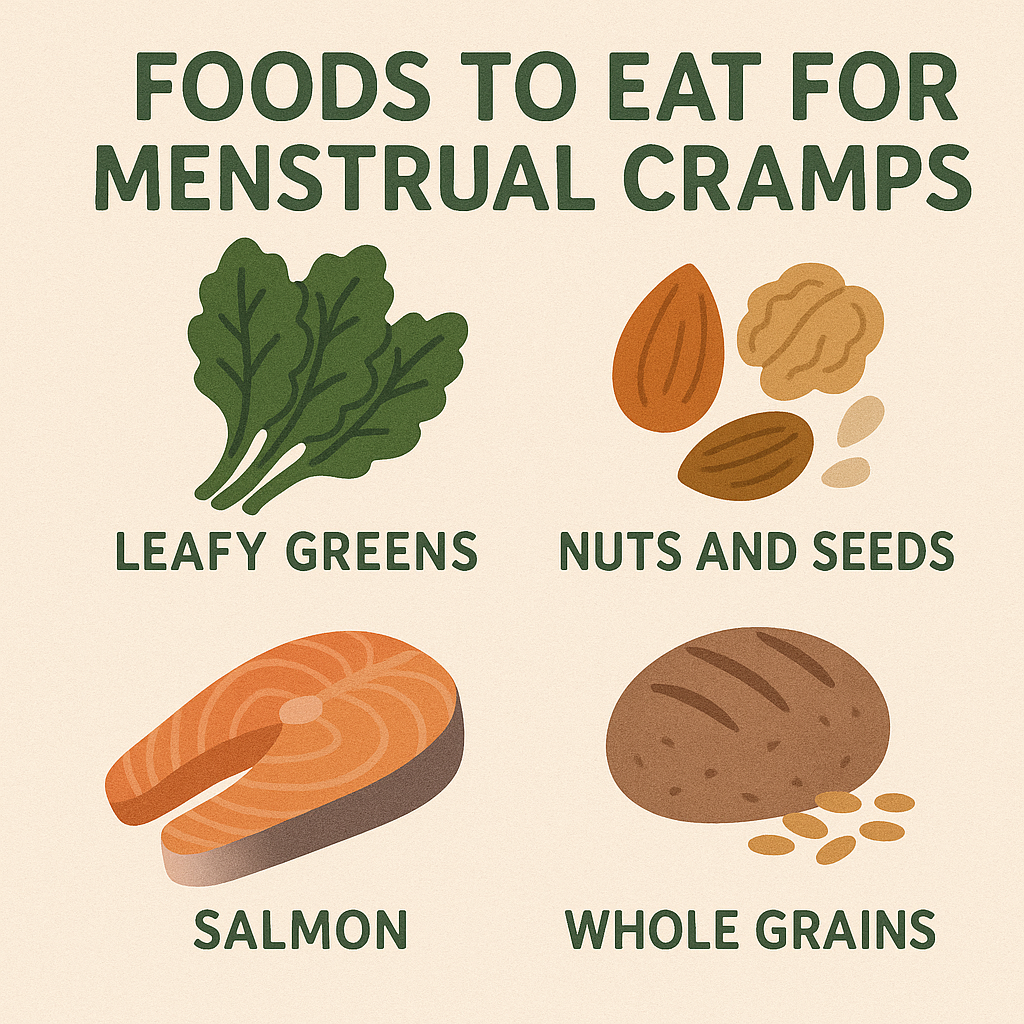
Although, there is no specific diet plan to reduce menstrual pain, the following nutrients have shown significant benefits:
- Vegetables and Fruits
A diet of vegetables fruits may be helpful to reduce menstrual cramps.
- Vitamin D
Metabolism of vitamin D reduces the production of pain chemicals in the lining of the uterus.
- Omega 3
A study revealed that foods containing omega 3 reduced pain intensity and drug doses needed to manage pain.
- Zinc
A study observed a reduction in menstrual cramps and other menstrual-related symptoms while taking zinc. This is often credited to the antioxidant and anti-inflammatory properties of zinc.
ALSO READ: Battling With Menstrual Cramps? Here’s How to Stop It
Common Foods That Worsen Menstrual Cramps

Generally, oestrogen-rich foods are avoided because they contribute to inflammation through the production of prostaglandin.
- Animal products
According to the Physicians Committee for Responsible Medicine, animal products (meat, egg and dairy) and animal oils increase estrogen levels and should be avoided to reduce menstrual cramps.
- Fatty foods
Foods that are high in saturated fats increase oestrogen and inflammation that may worsen menstrual cramps.
- Refined grains
Research carried out among Japanese women indicated that eating high amounts of fiber is related to less menstrual pain.
- Salty/high sodium
Foods that are high in sodium often increase water retention in the body which causes bloating. This may lead to greater discomfort during periods.
- Red meat
Red meat is high in chemicals which increase uterine contraction, causing menstrual cramps.
- High sugar
High sugar intake has been linked to menstrual pain. Fluctuations in sugar levels may also increase cravings and mood swings.
Conclusion
A lot of women experience dysmenorrhea in their reproductive years. Thankfully, research has shown that what you eat can help you manage these painful cramps better.
Remember that the best diet for your menstrual health is an adequate and balanced diet, not just what is trendy. It is also crucial to seek professional advice whenever you want to make major dietary changes.







